Spain's Overlooked Cities
10 cities travelers often miss...but shouldn't
Spain is known for its headline cities — Barcelona, Madrid, Sevilla, Granada.
But beyond the usual stops are places just as rich in history, culture, and beauty that few foreigners ever see.
Here are 10 of Spain’s most underrated cities…
1. Salamanca
Salamanca shines with golden sandstone architecture, earning it the nickname La Dorada (the Golden City). At its heart is the Plaza Mayor, one of Spain’s most beautiful squares, always buzzing with life.
It’s also home to Spain’s oldest university (1218). On its facade, students search for the tiny carved frog — said to bring luck in exams if spotted without help. Salamanca also boasts two cathedrals: the Romanesque Old Cathedral with medieval frescoes, and the Gothic-Baroque New Cathedral, built right beside it.
Much of the historic center, including these landmarks, is recognized as a UNESCO World Heritage Site.
2. Cáceres
Cáceres feels like stepping into another century. Its old town is a maze of stone palaces, towers, and narrow streets, perfectly preserved from the Middle Ages and Renaissance, and recognized as a UNESCO World Heritage Site.
Highlights include the Plaza Mayor, the imposing Torre de Bujaco, the Arco de la Estrella gateway, and the Co-Cathedral of Santa María. The city’s blend of Roman, Moorish, Jewish, and Christian influences is visible everywhere, from its fortified walls to hidden courtyards.
3. Mérida
Founded in 25 BC as Emerita Augusta, Mérida holds the finest collection of Roman ruins in Spain and is a UNESCO World Heritage Site. Its Roman Theatre still hosts performances during the annual International Classical Theatre Festival, just as it did two thousand years ago.
Other landmarks include the Amphitheatre, the Temple of Diana, the Circus Maximus, and the impressive aqueducts that once carried water into the city. The Roman bridge over the Guadiana River, one of the longest of its kind, still stands as a reminder of Mérida’s importance in the empire.
4. Zaragoza
Zaragoza, Spain’s fifth-largest city, sits on the banks of the Ebro River and combines layers of Roman, Islamic, and Christian history. Its most iconic landmark is the Basilica del Pilar, with its baroque domes reflected in the river below.
Nearby stands La Seo Cathedral, a UNESCO World Heritage Site for its Mudéjar architecture, and the Aljafería Palace, one of the best-preserved Islamic palaces in Spain. The city also honors its most famous native, Francisco de Goya, with works displayed in the Museo de Zaragoza and throughout its churches.
5. A Coruña
A Coruña is a vibrant Atlantic port city known for its sweeping bay and lively seafront. Its most famous landmark is the Tower of Hercules, a UNESCO World Heritage Site and the world’s oldest functioning Roman lighthouse.
It’s also called the “Crystal City” for the glass-fronted galleries that cover the balconies along the marina, reflecting the sunlight and sea. Add to this its urban beaches like Riazor and Orzán, the Plaza de María Pita with its grand city hall, and a food scene rich in Galician seafood, and A Coruña stands out as one of Spain’s most distinctive coastal cities.
6. Oviedo
Oviedo, the capital of Asturias, is known for its clean streets, elegant old town, and strong cultural identity. The Gothic Cathedral of San Salvador anchors the city, and scattered around its hills are unique pre-Romanesque churches such as Santa María del Naranco and San Miguel de Lillo, both UNESCO World Heritage Sites.
The city is also famous for its cider tradition: bottles are poured from high above the glass in local sidrerías, a ritual that defines Asturian life. Statues, markets, and lively squares give Oviedo a refined yet welcoming atmosphere, blending medieval heritage with a proud regional spirit.
7. Santander
Santander, the capital of Cantabria, sits on one of the most beautiful bays in the world. The Magdalena Peninsula, crowned by the former royal palace, offers sweeping views of the sea and coastline.
The city combines sandy beaches like El Sardinero with cultural landmarks such as the Centro Botín, a striking modern art space designed by Renzo Piano. Its historic core around the cathedral and lively waterfront markets showcase Santander’s blend of tradition and modernity.
8. Girona
Girona is one of Catalonia’s most picturesque cities, with medieval walls, narrow alleys, and the colorful houses that line the Onyar River. Its Jewish quarter, El Call, is among the best preserved in Europe, while the Cathedral of Santa María boasts the widest Gothic nave in the world.
The city has also gained attention as a filming location for Game of Thrones, but it remains quieter than nearby Barcelona. Walking its old streets, climbing the city walls, or enjoying its café culture reveals a historic city full of character without the crowds.
9. Cádiz
Cádiz, founded by the Phoenicians over 3,000 years ago, is considered the oldest continuously inhabited city in Western Europe. Surrounded by the Atlantic, its old town sits on a narrow peninsula with sea views at every turn.
Landmarks include the golden-domed Cathedral, the Torre Tavira with its camera obscura offering panoramic views, and lively squares like Plaza de las Flores. Cádiz is also famous for its Carnival, one of Spain’s biggest and most spirited festivals, filled with music, satire, and costumes.
10. Elche
Elche is unique in Europe for its vast palm grove, the largest on the continent and a UNESCO World Heritage Site. More than 200,000 palm trees form an oasis that traces its origins back to the Moors.
At the heart of the city stands the Basilica of Santa María, topped with its striking blue-tiled dome. Every August it hosts the Misteri d’Elx, a medieval sacred play recognized by UNESCO as Intangible Cultural Heritage. Elche also has a strong tradition of shoemaking, which has made it a major hub of Spain’s footwear industry.
-
Spain is far more than its famous four of Barcelona, Madrid, Seville, and Granada. From Salamanca’s golden stone to Cádiz’s Atlantic views, from Mérida’s Roman ruins to Elche’s palm grove, these ten cities show the depth and diversity that often goes unnoticed.
For travelers willing to look beyond the usual stops, they offer history, beauty, and culture every bit as rich — with the bonus of fewer crowds and more authenticity.



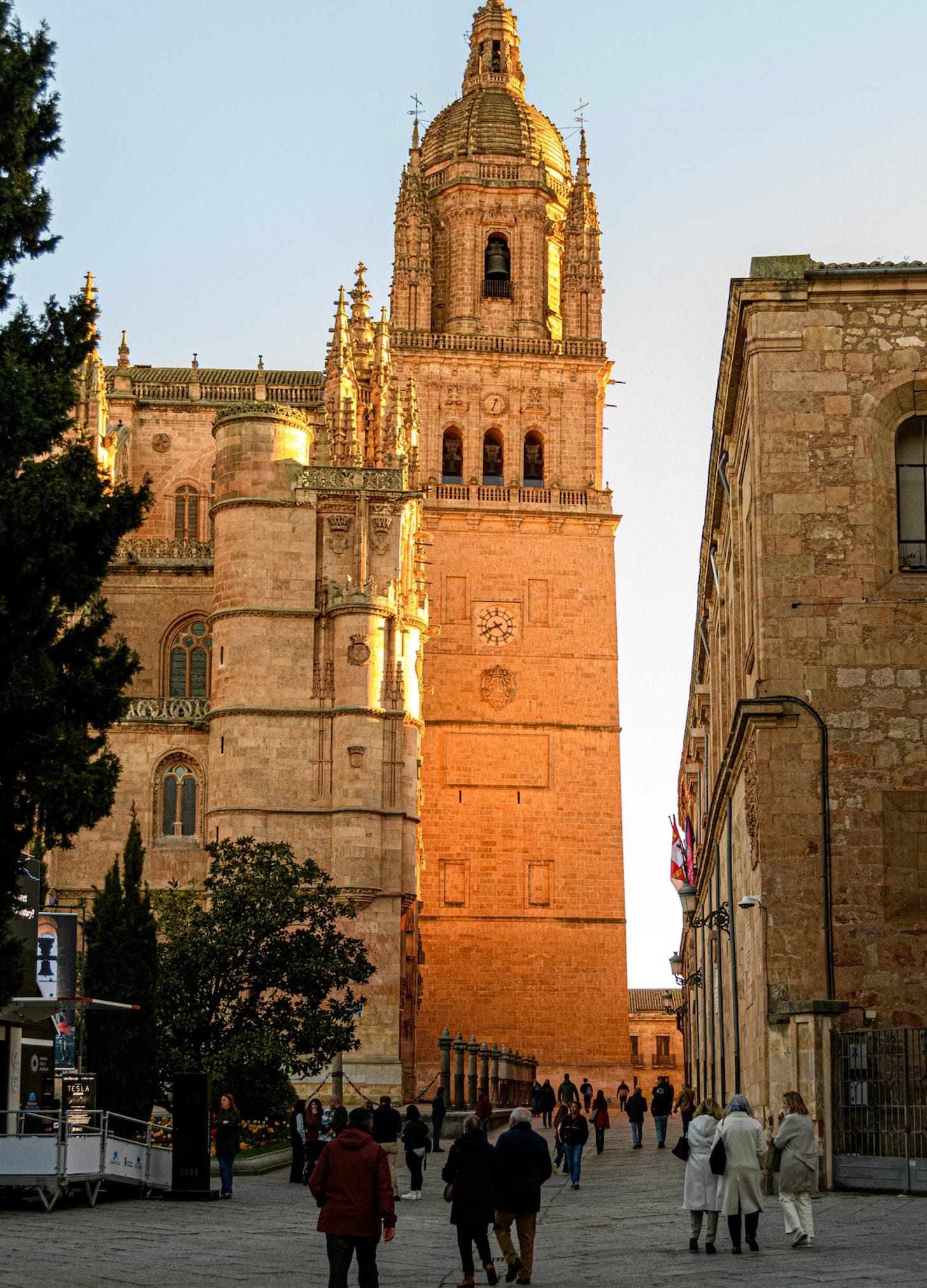
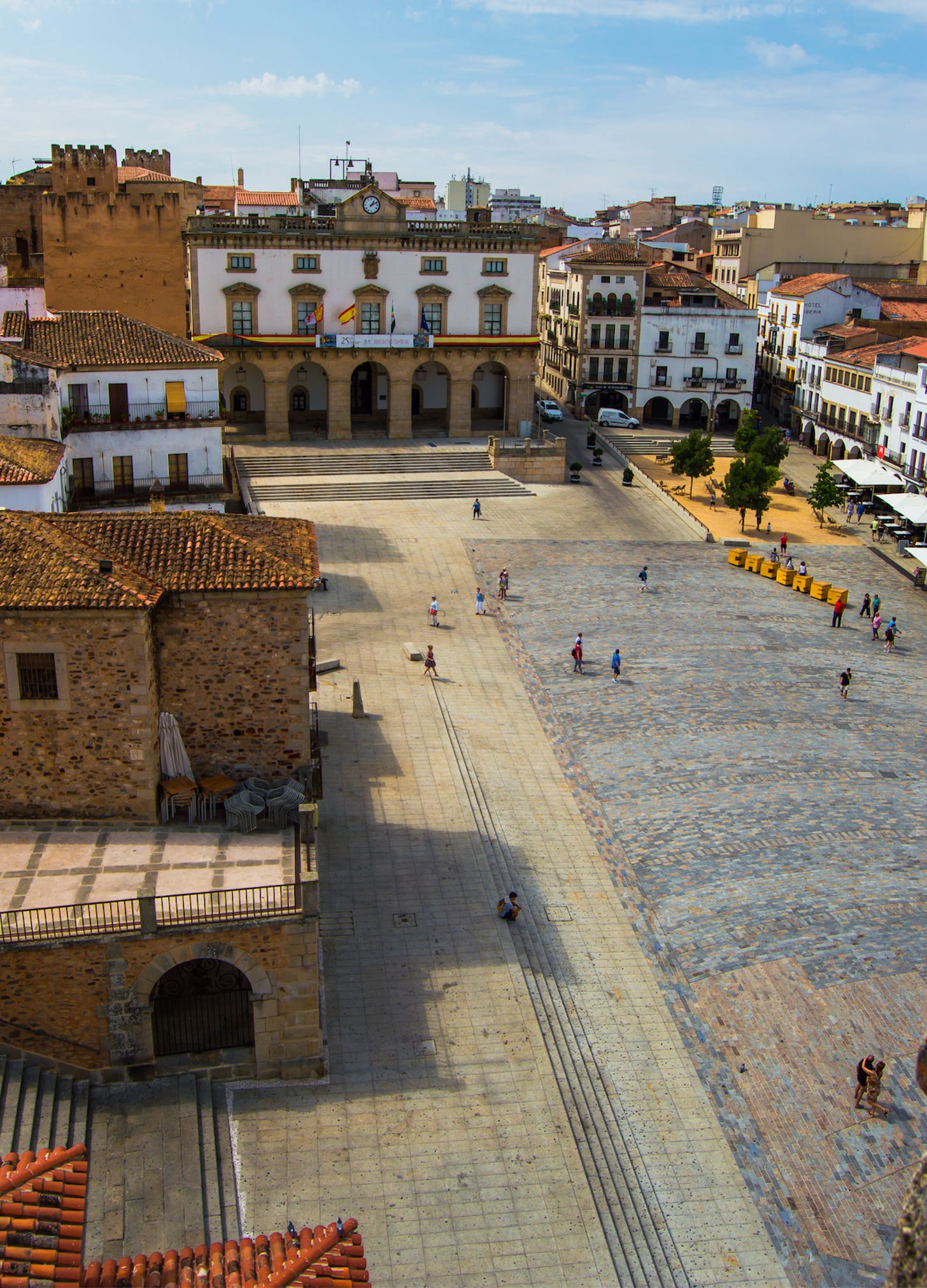
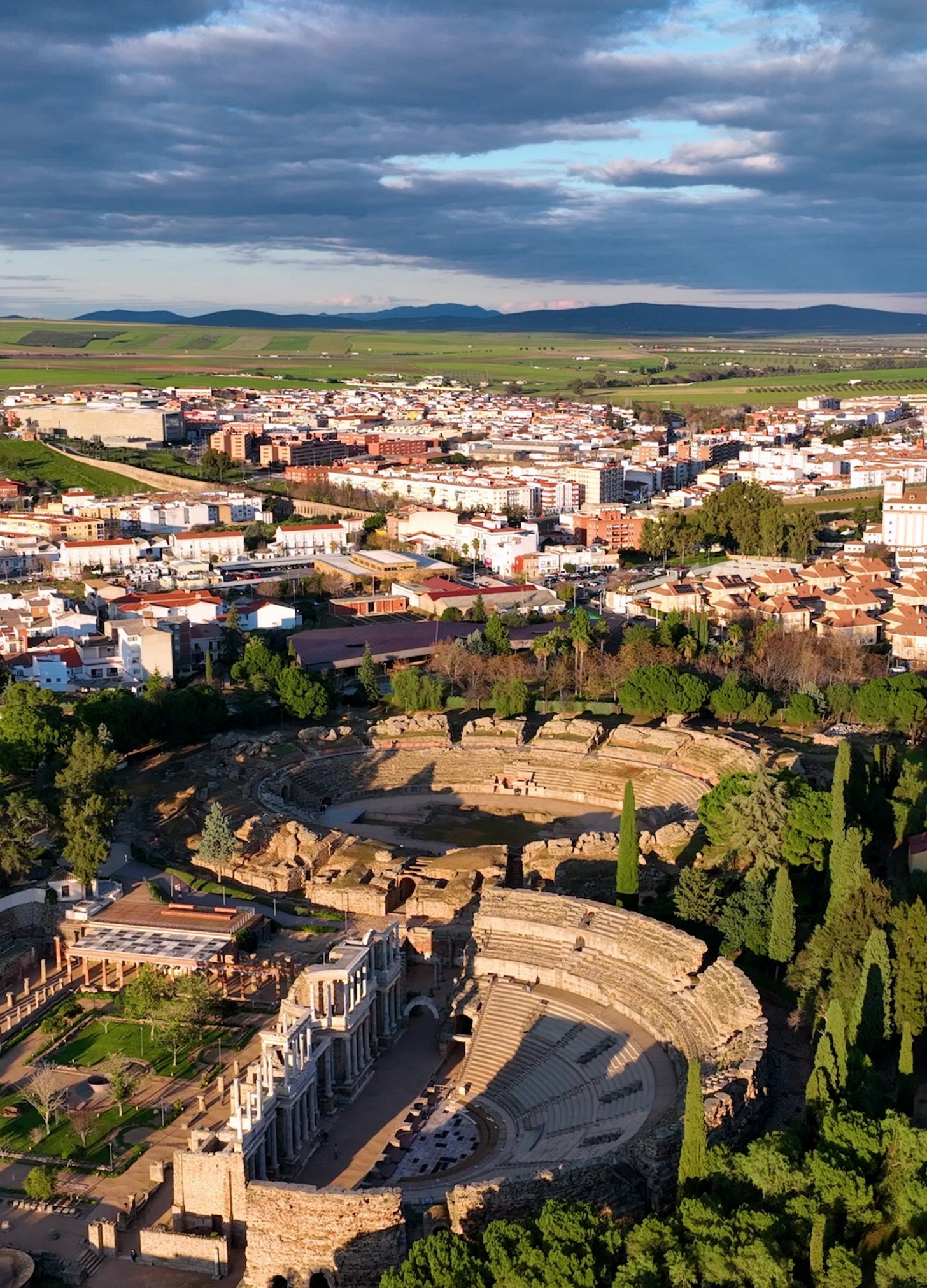
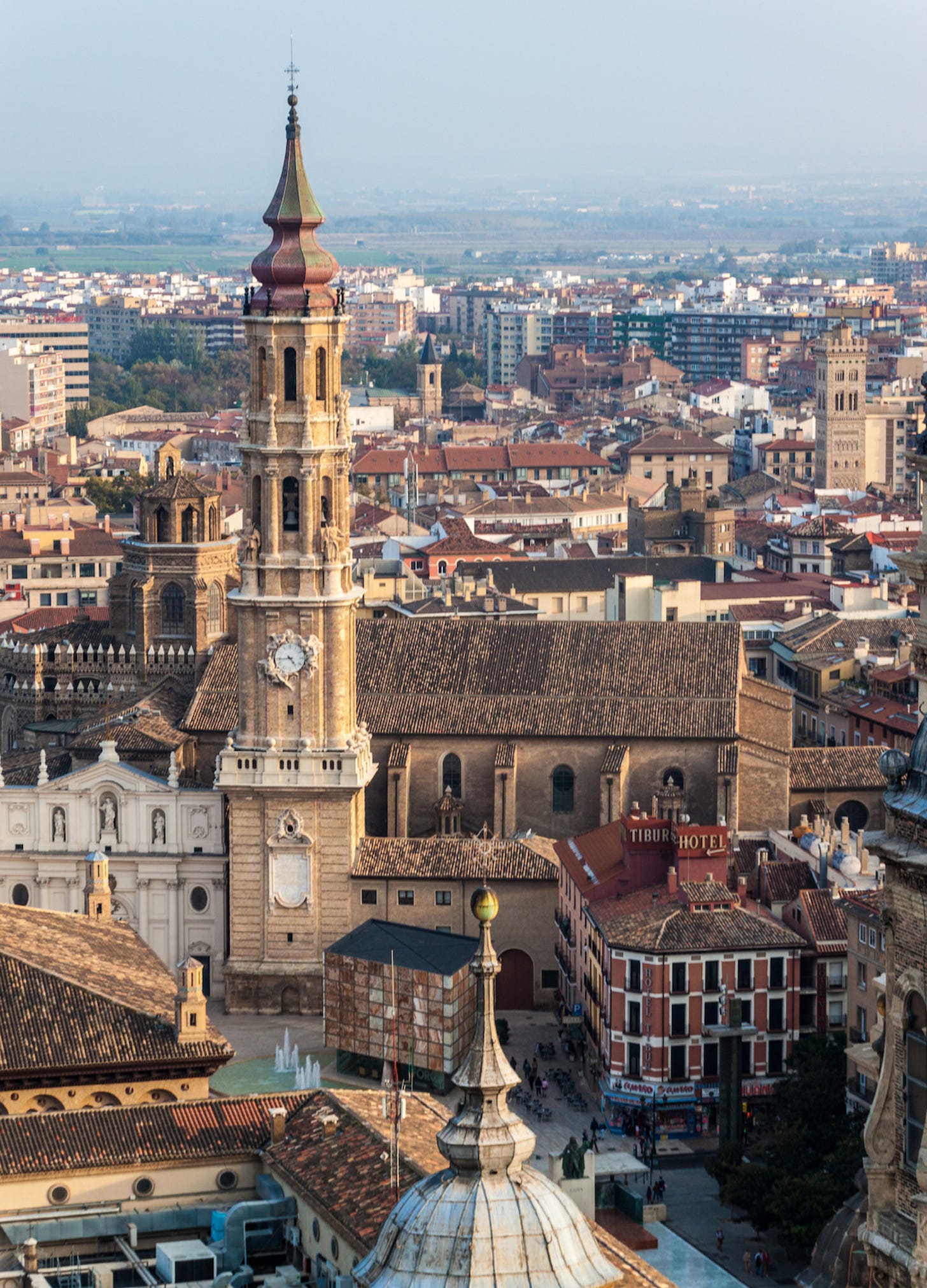
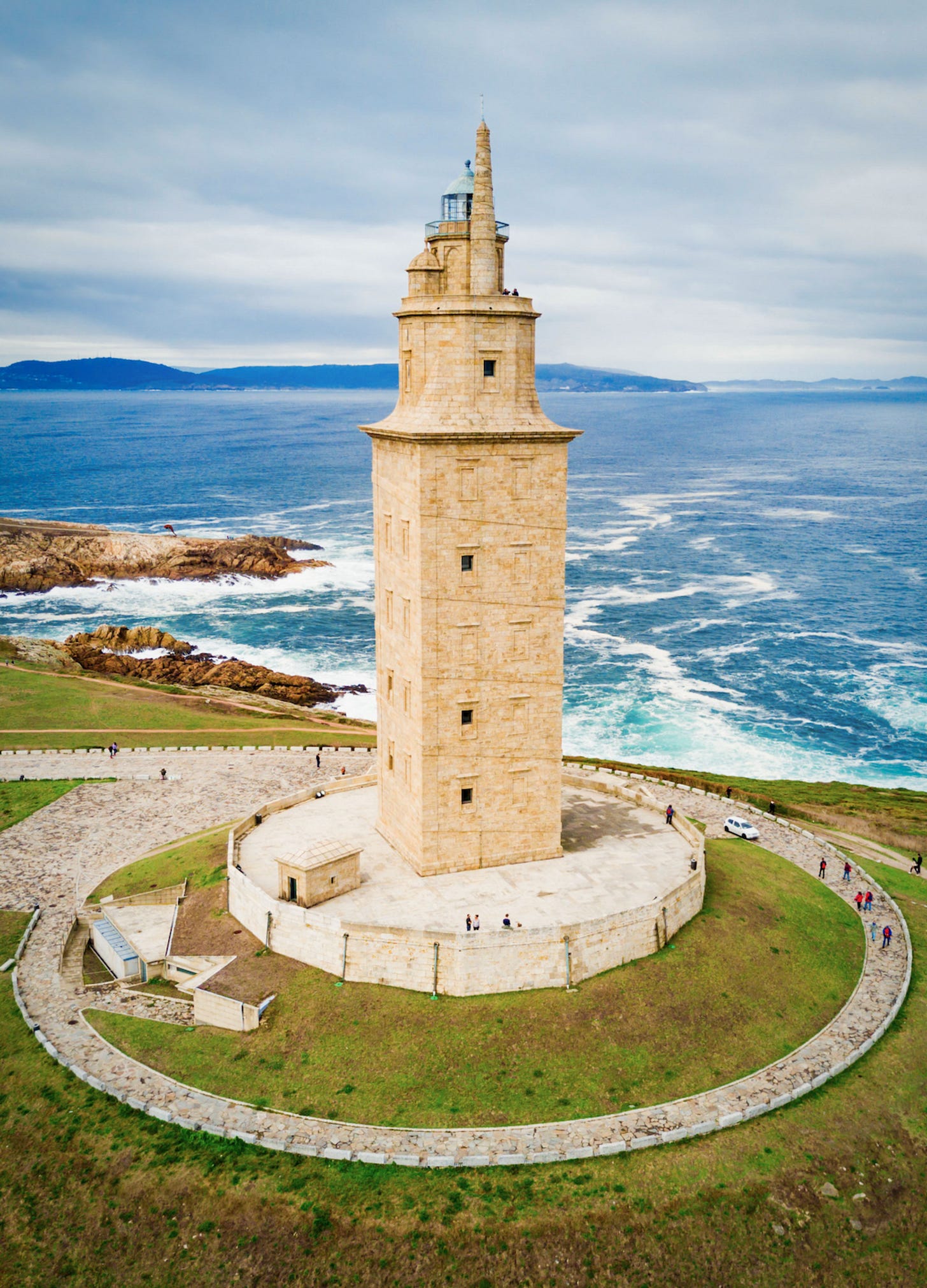

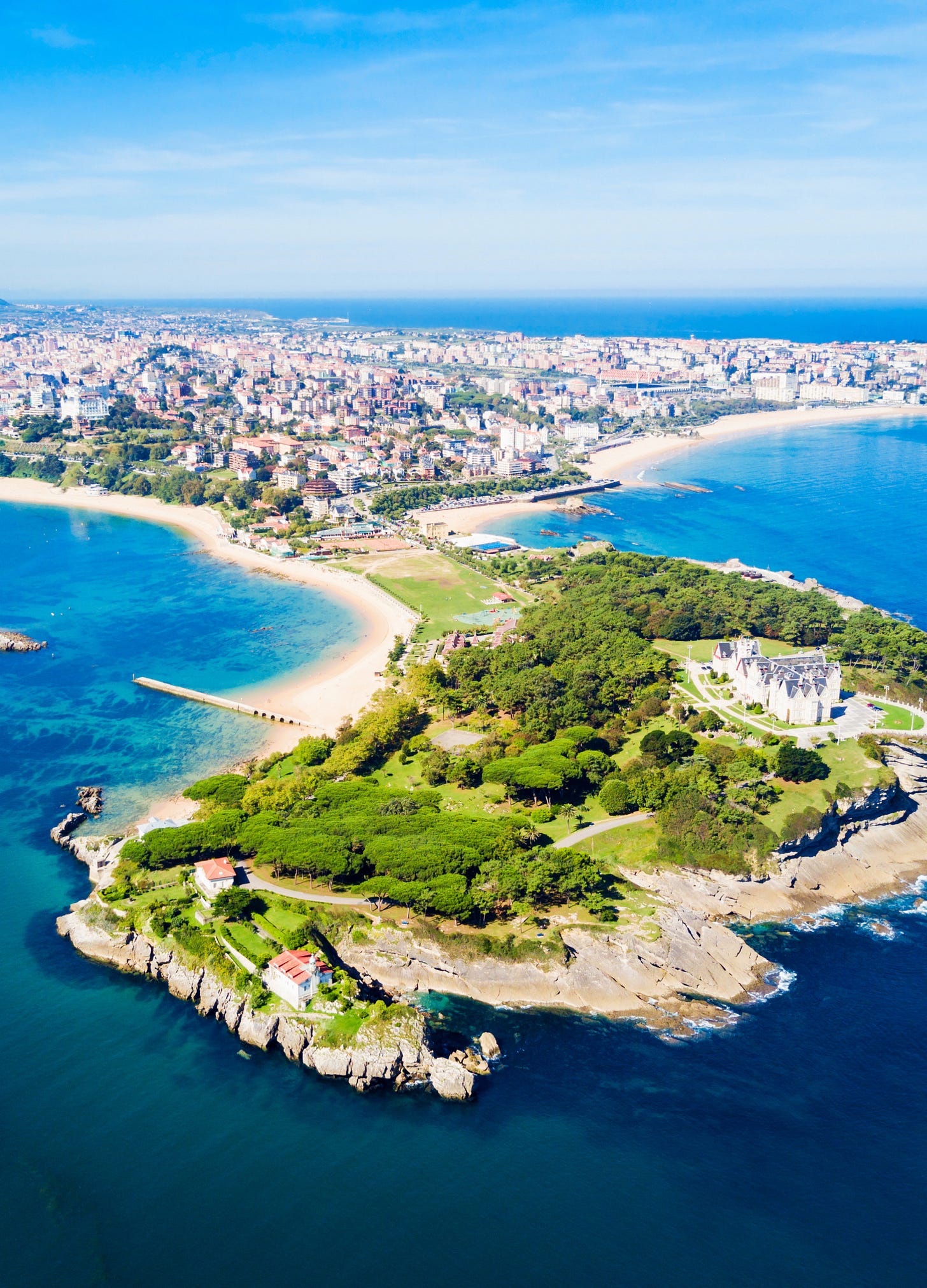

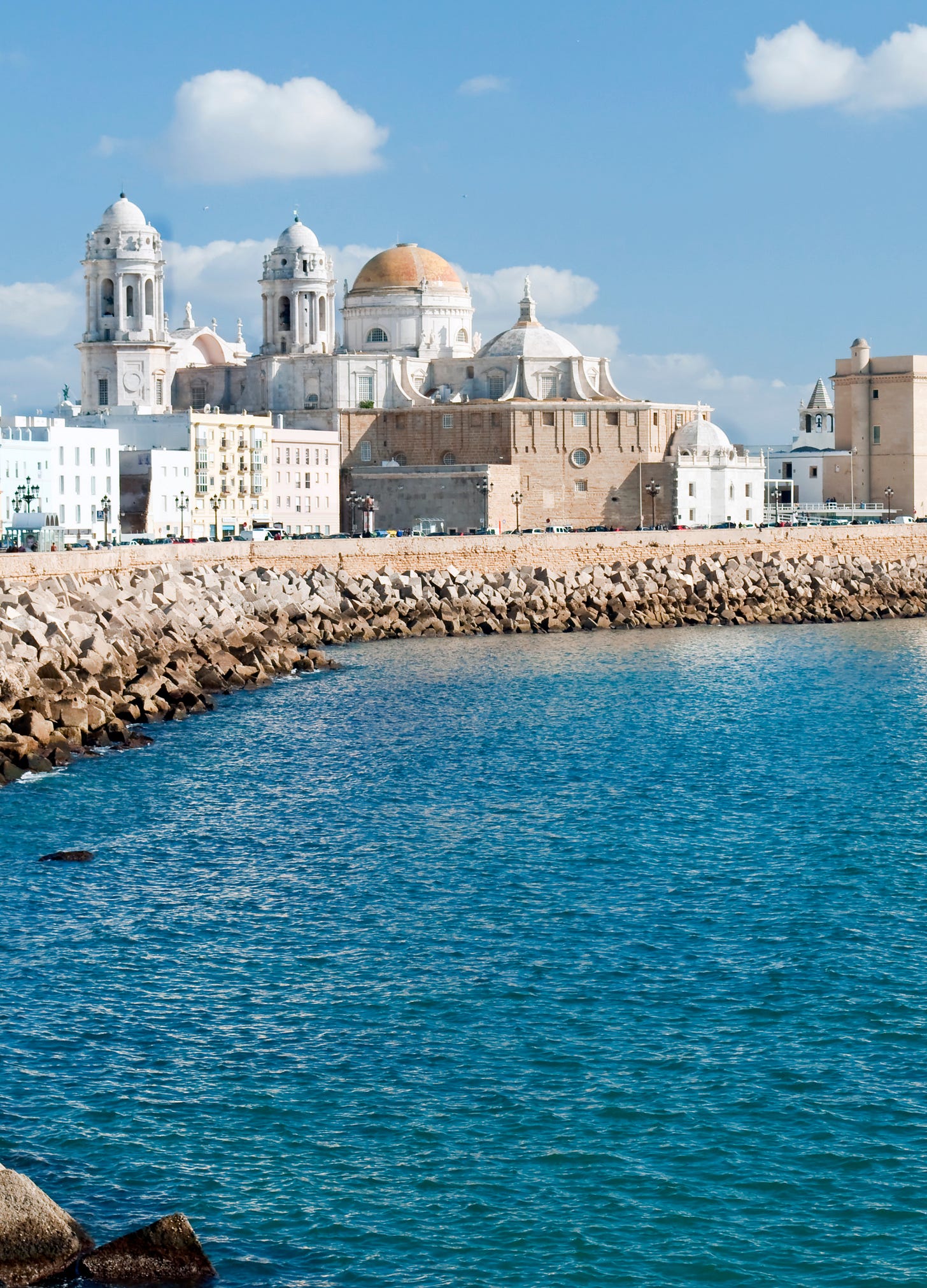
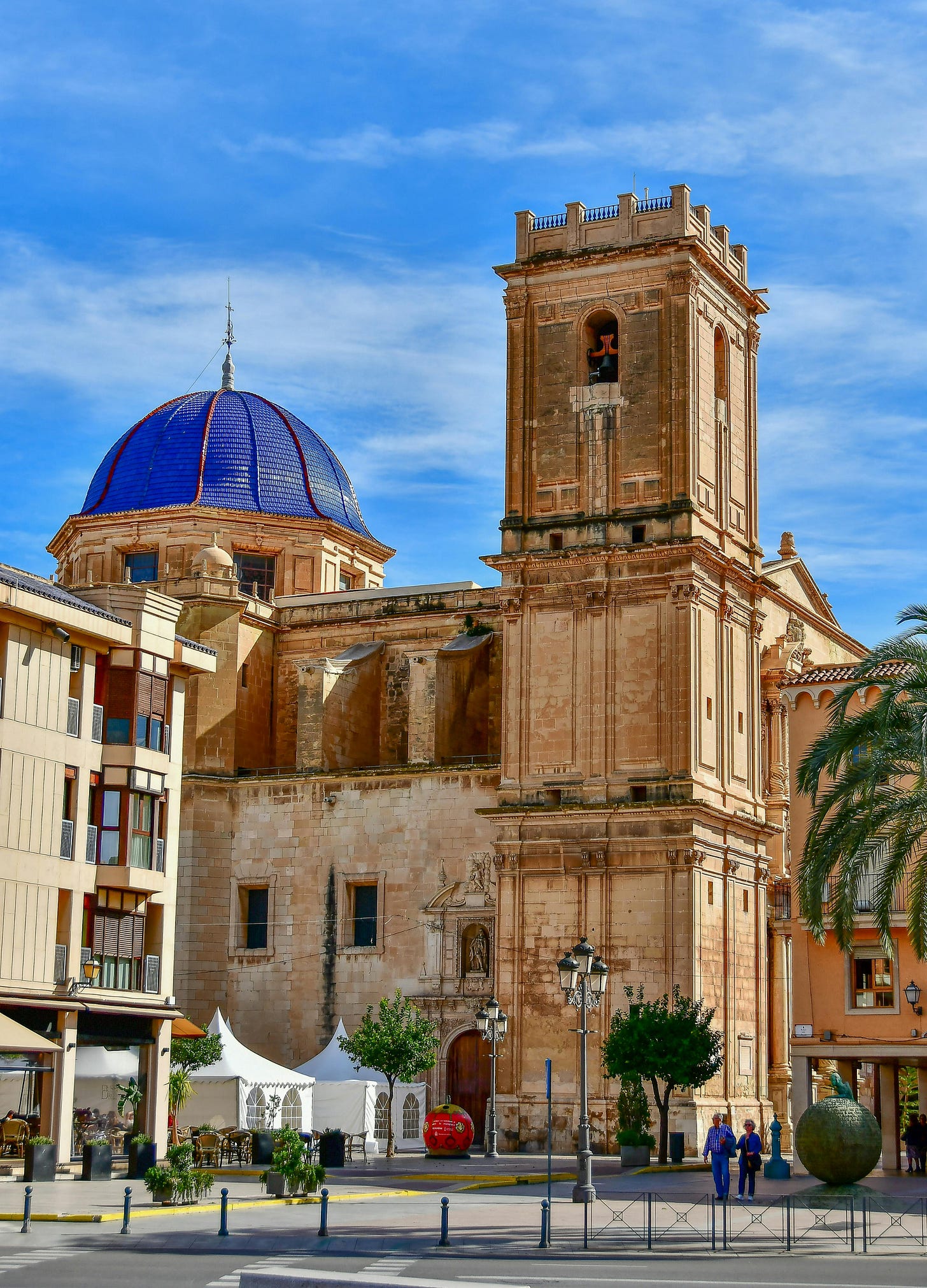
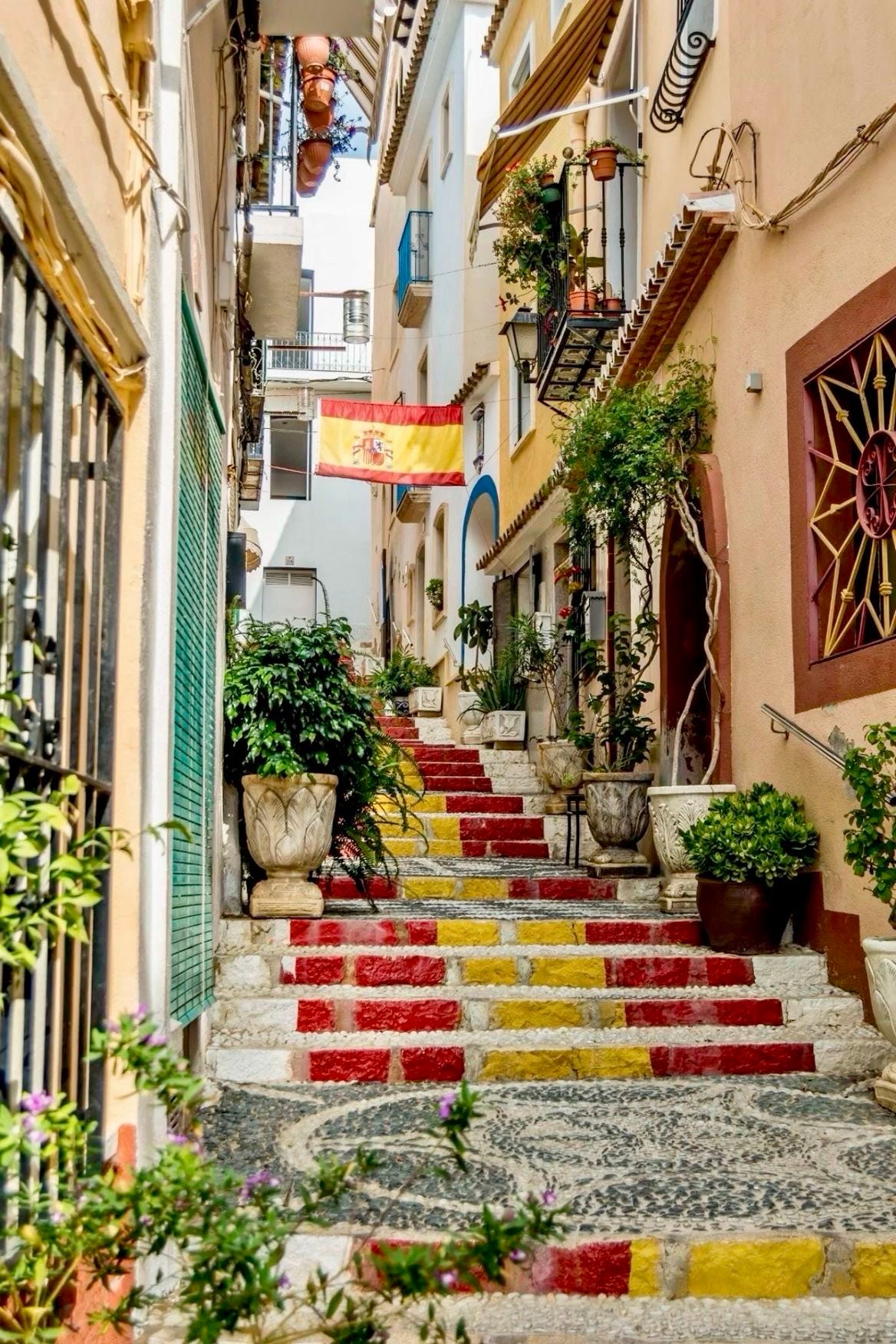

Exquisite.
I contemplate moving to Spain...the U.S. veering ever-closer to descending into an economic abyss.
However, Spain is essentially a failed Socialist State, presently dependent (to considerable extent) on handouts from the EU to remain solvent.
Should Spain ever return to standing on its own, I may reconsider living there.
spend my time researching Tartaria from historic books, I’ve garnered 25k on Facebook for my work.
Here’s is my most recent article:
Love to hear your thoughts!
https://open.substack.com/pub/jordannuttall/p/the-origins-of-tartaria?r=4f55i2&utm_medium=ios